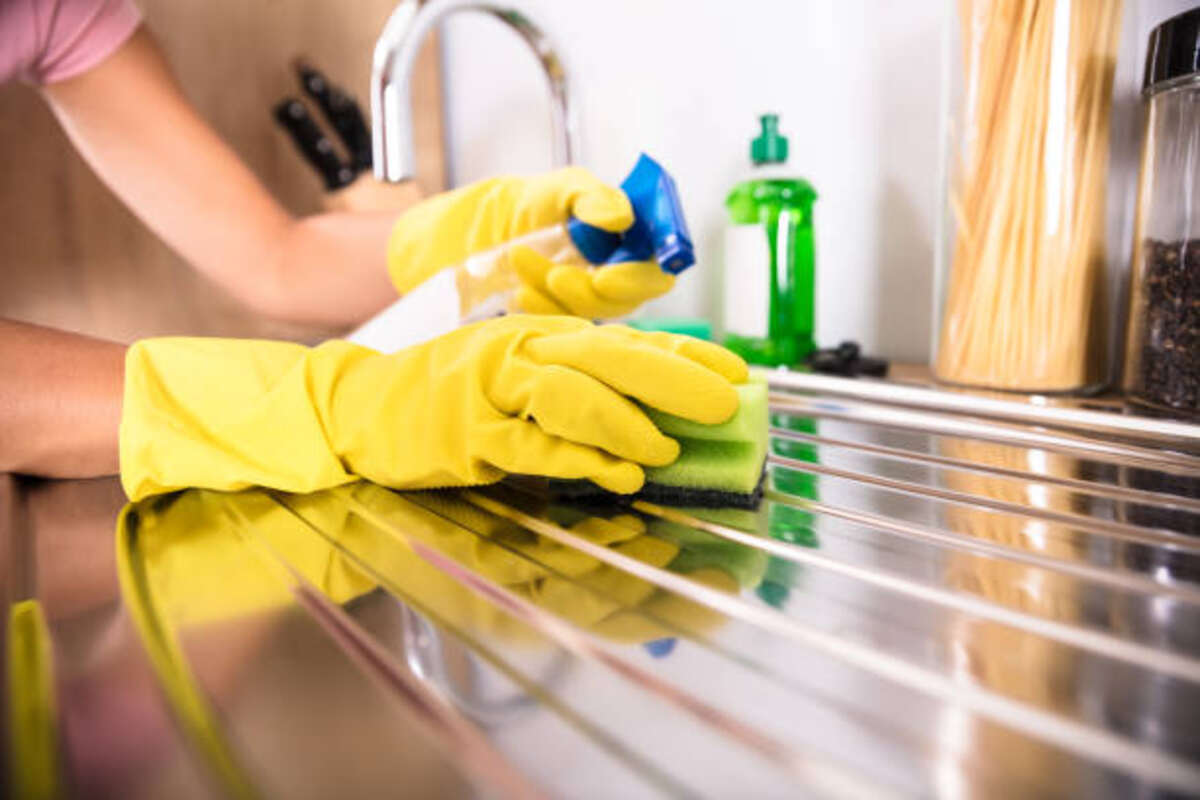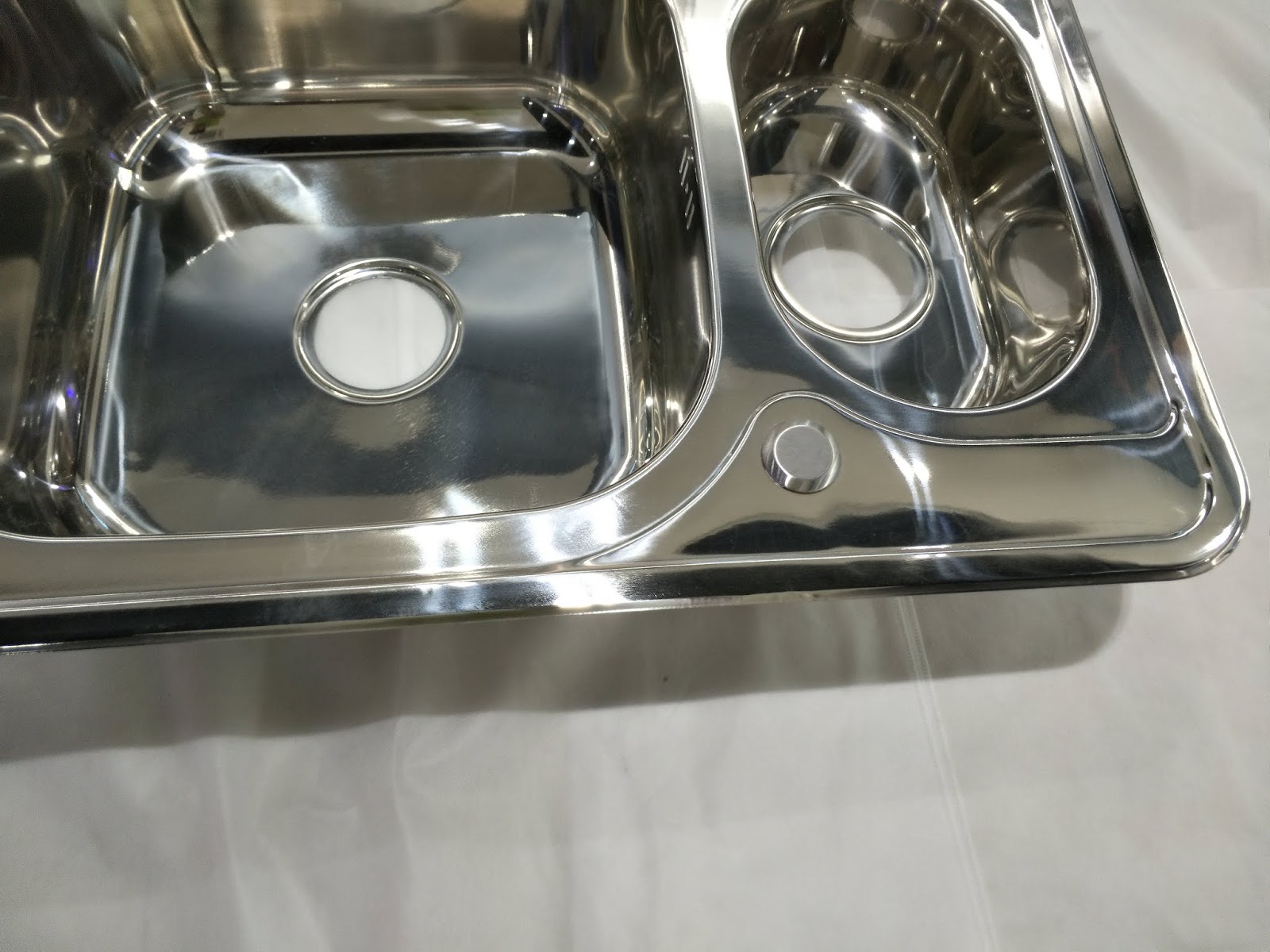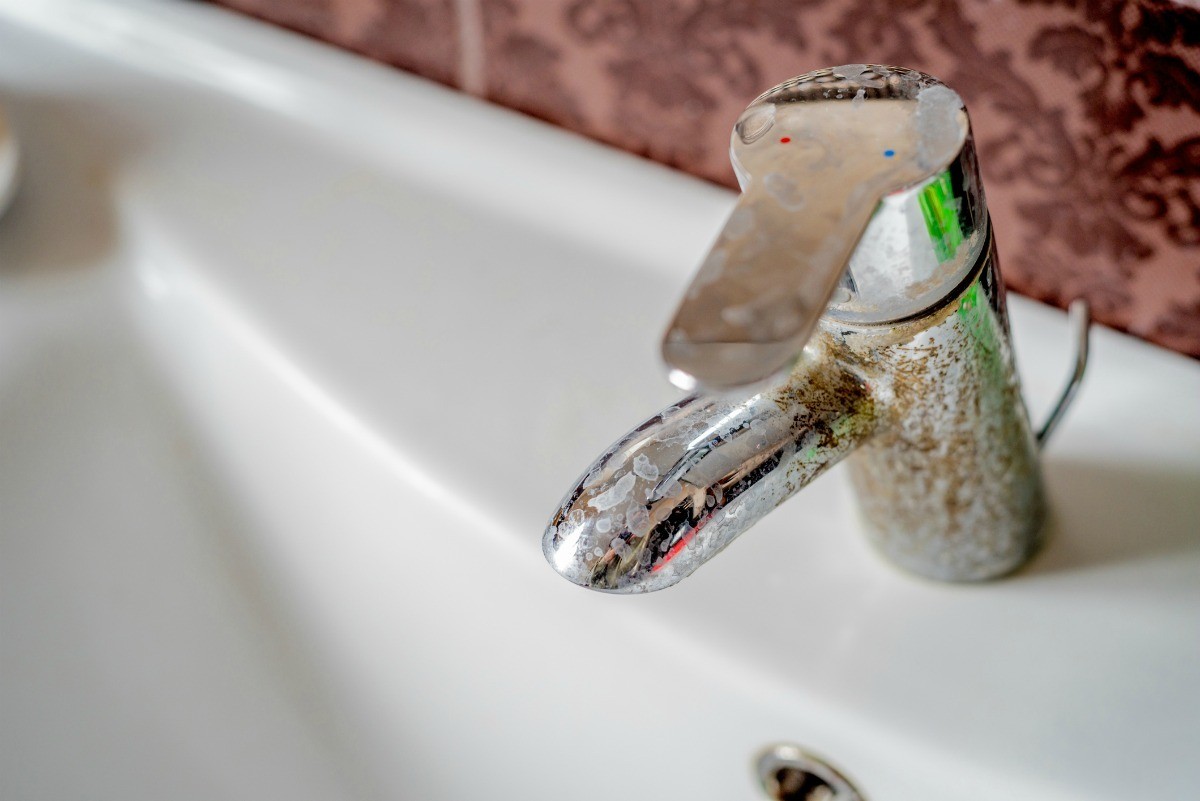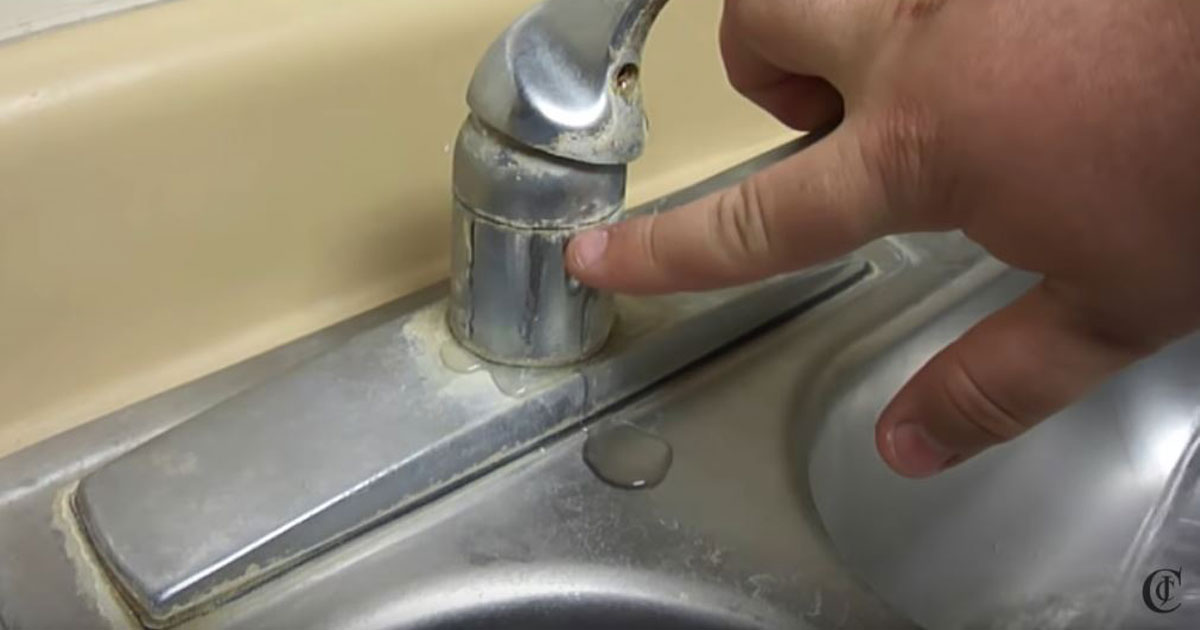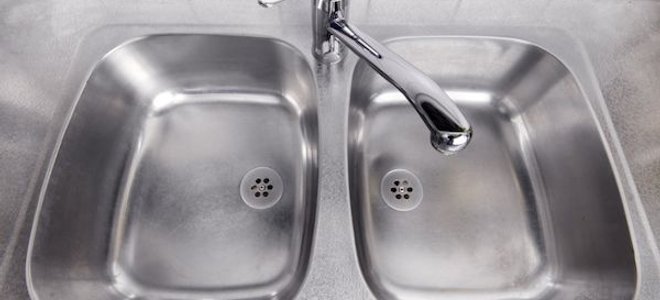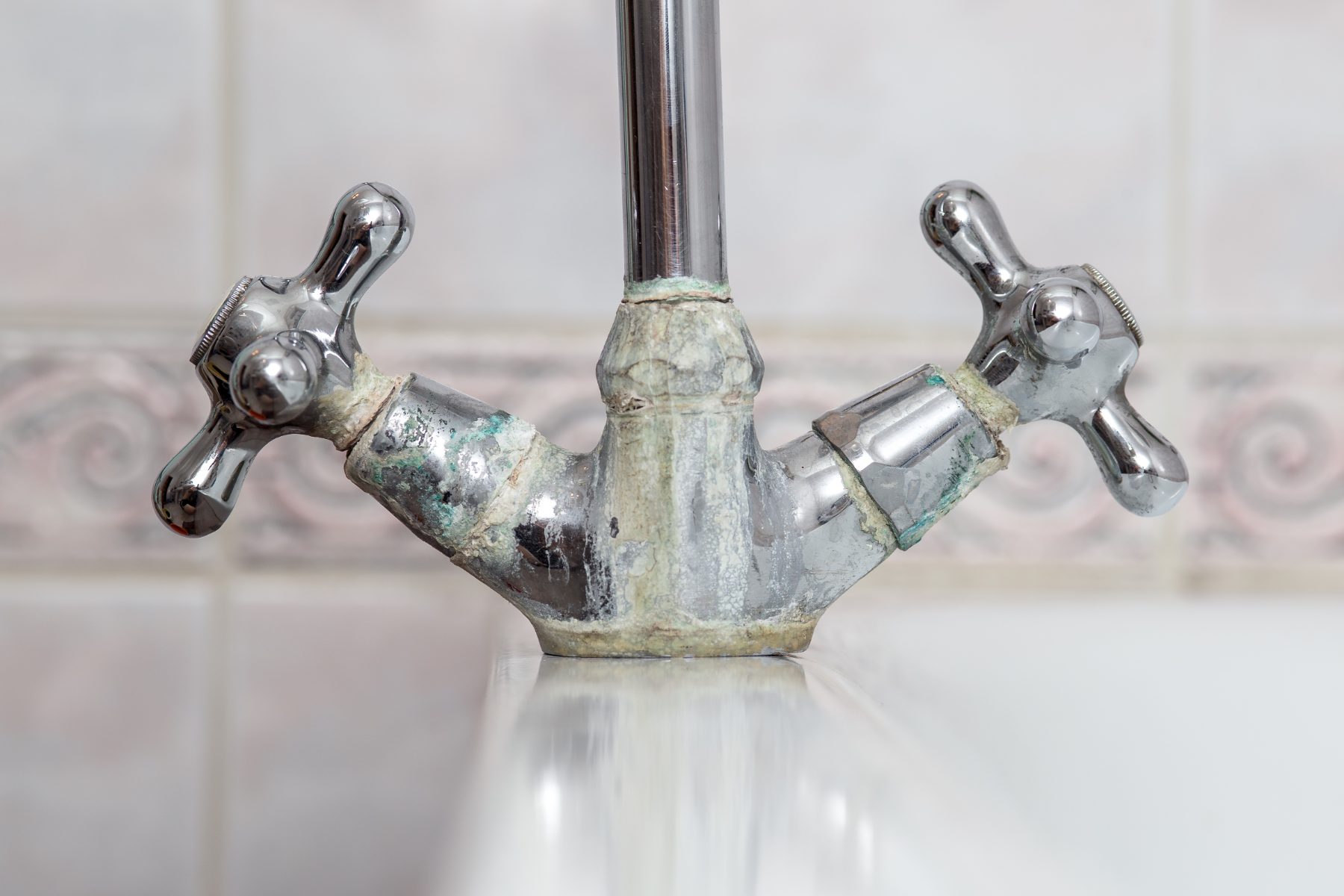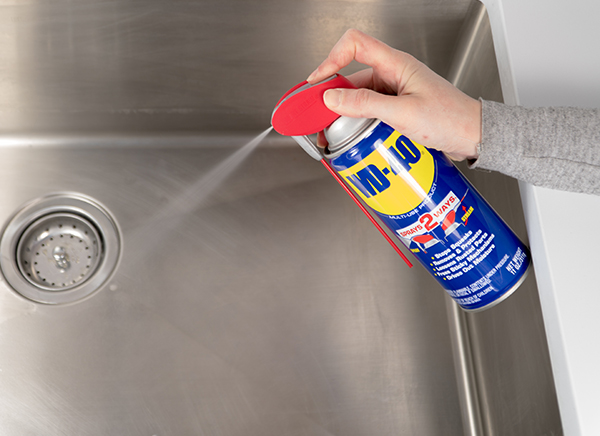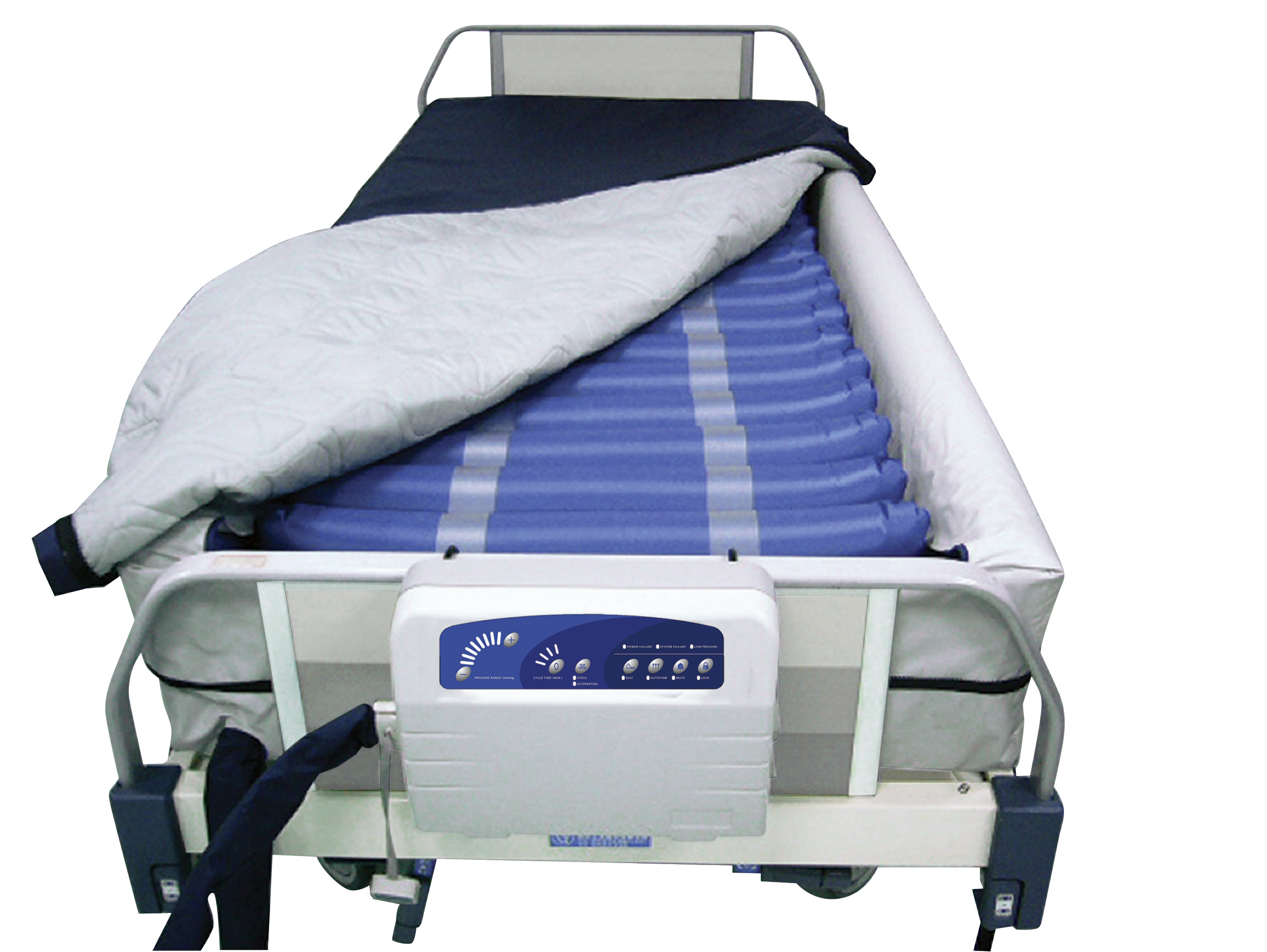If you have a stainless steel kitchen sink, you know how beautiful and sleek it can look. But with daily use, it can quickly become dirty and lose its shine. Cleaning a stainless steel sink may seem like a daunting task, but with the right techniques and products, you can have it sparkling in no time.How to Clean a Stainless Steel Kitchen Sink
Stainless steel sinks are prone to stains, whether it's from food, water, or cleaning products. But fear not, there are easy ways to remove these stains and restore your sink's shine. For tough stains, make a paste using equal parts baking soda and water. Apply it to the stained areas and let it sit for a few minutes before scrubbing with a soft cloth. For lighter stains, try using a mixture of white vinegar and water. Rinse thoroughly and dry with a clean cloth.How to Remove Stains from a Stainless Steel Sink
There are many commercial products specifically designed for cleaning stainless steel sinks. These can be effective, but they can also be harsh and leave behind residue. For a more natural and gentle option, try using lemon juice or olive oil. Simply rub either of these onto the surface of your sink and buff with a soft cloth for a shiny finish.Best Products for Cleaning a Stainless Steel Sink
If you prefer to use homemade cleaners, there are several options that are both effective and environmentally friendly. One popular recipe is a mixture of castile soap, water, and a few drops of essential oils (such as tea tree or lavender). This combination will not only clean your sink but also leave a pleasant scent behind.DIY Natural Cleaners for Stainless Steel Sinks
Prevention is key when it comes to maintaining the shine of your stainless steel sink. After each use, be sure to rinse and dry your sink to prevent water spots and residue buildup. Also, avoid using abrasive sponges or cleaners, as these can scratch the surface of your sink. Instead, opt for gentle cloths or soft-bristle brushes.Tips for Maintaining a Shiny Stainless Steel Sink
One of the most frustrating things that can happen to a stainless steel sink is rust. To remove rust, make a paste using baking soda and lemon juice and apply it to the affected area. Let it sit for a few minutes before scrubbing with a soft cloth. For tougher rust stains, try using a mixture of white vinegar and cream of tartar. Rinse thoroughly and dry with a clean cloth.How to Get Rid of Rust on a Stainless Steel Sink
In addition to the tips mentioned above, there are a few cleaning hacks that can make the process even easier. For example, you can use club soda to remove water spots and bring back the shine to your sink. Another trick is to rub a cut lemon over the surface of your sink to remove stubborn stains and leave a fresh scent behind.Cleaning Hacks for a Stainless Steel Kitchen Sink
To keep your stainless steel sink looking like new, it's important to polish it regularly. One simple way to do this is by using olive oil. Apply a small amount to a soft cloth and rub it onto the surface of your sink in a circular motion. This will not only polish your sink but also protect it from water and other stains.How to Polish a Stainless Steel Sink
If you live in an area with hard water, you may notice mineral deposits and stains on your stainless steel sink. To remove these, make a paste using baking soda and white vinegar and apply it to the affected area. Let it sit for a few minutes before scrubbing with a soft cloth. You can also try using a magic eraser for tougher stains.Removing Hard Water Stains from a Stainless Steel Sink
For a deep clean, you can use a mixture of hydrogen peroxide and baking soda. Apply this paste to your sink and let it sit for a few minutes before scrubbing with a soft cloth. This will not only clean your sink but also remove any germs and bacteria that may be lurking.Deep Cleaning a Stainless Steel Kitchen Sink
Why Should You Clean Your Stainless Steel Kitchen Sink Regularly?
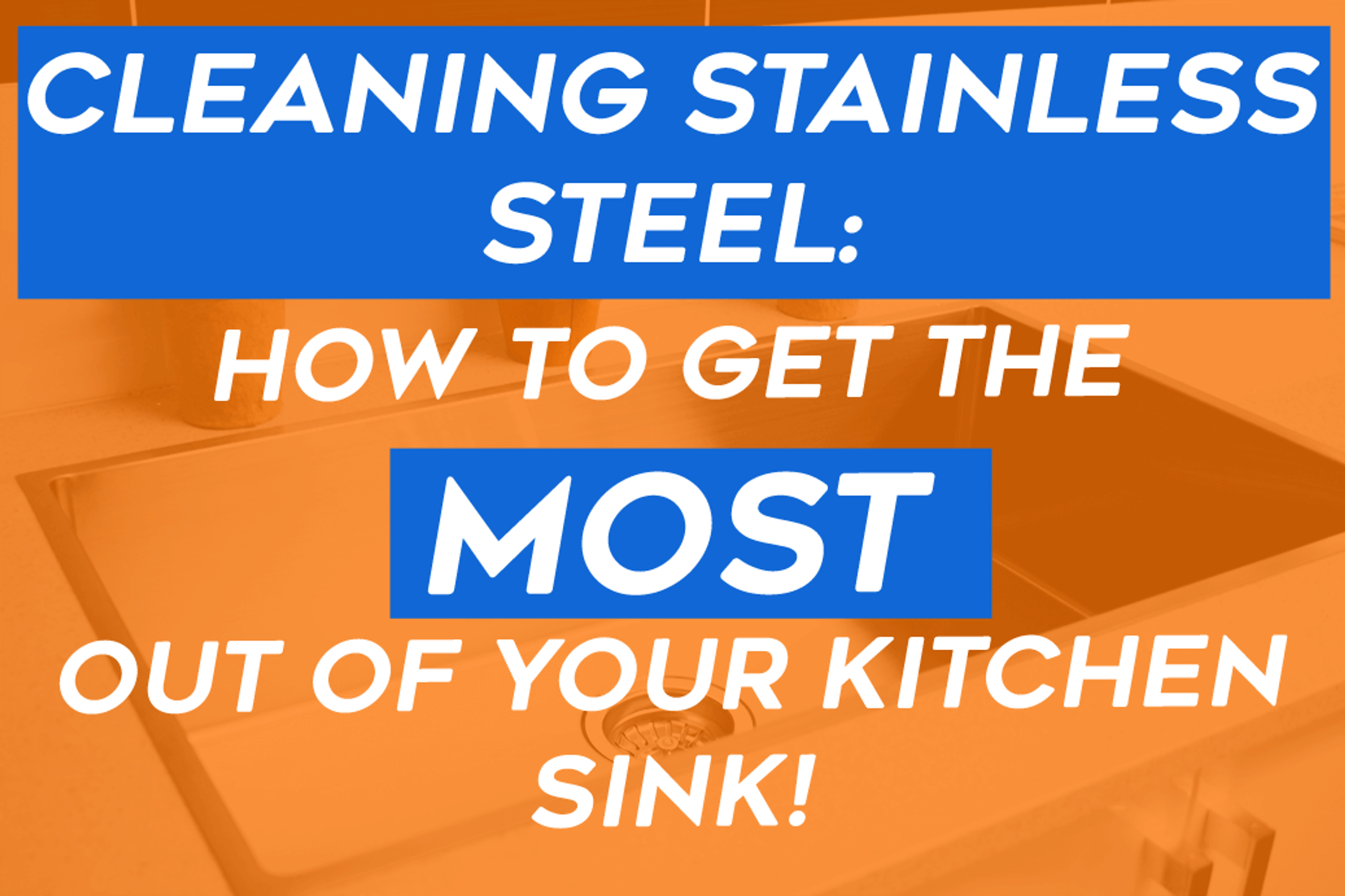
The Importance of Maintaining a Clean and Hygienic Kitchen
 A clean and well-maintained kitchen is essential for a healthy and happy home. Not only does it create a pleasant and inviting atmosphere, but it also ensures the safety and hygiene of your food preparation and cooking area. Among the various components of a kitchen, the
stainless steel sink
is often the most used and overlooked. However, neglecting to clean and maintain your
kitchen sink
regularly can lead to a buildup of bacteria and germs, making it a breeding ground for potential health hazards.
A clean and well-maintained kitchen is essential for a healthy and happy home. Not only does it create a pleasant and inviting atmosphere, but it also ensures the safety and hygiene of your food preparation and cooking area. Among the various components of a kitchen, the
stainless steel sink
is often the most used and overlooked. However, neglecting to clean and maintain your
kitchen sink
regularly can lead to a buildup of bacteria and germs, making it a breeding ground for potential health hazards.
The Benefits of Using Stainless Steel for Your Kitchen Sink
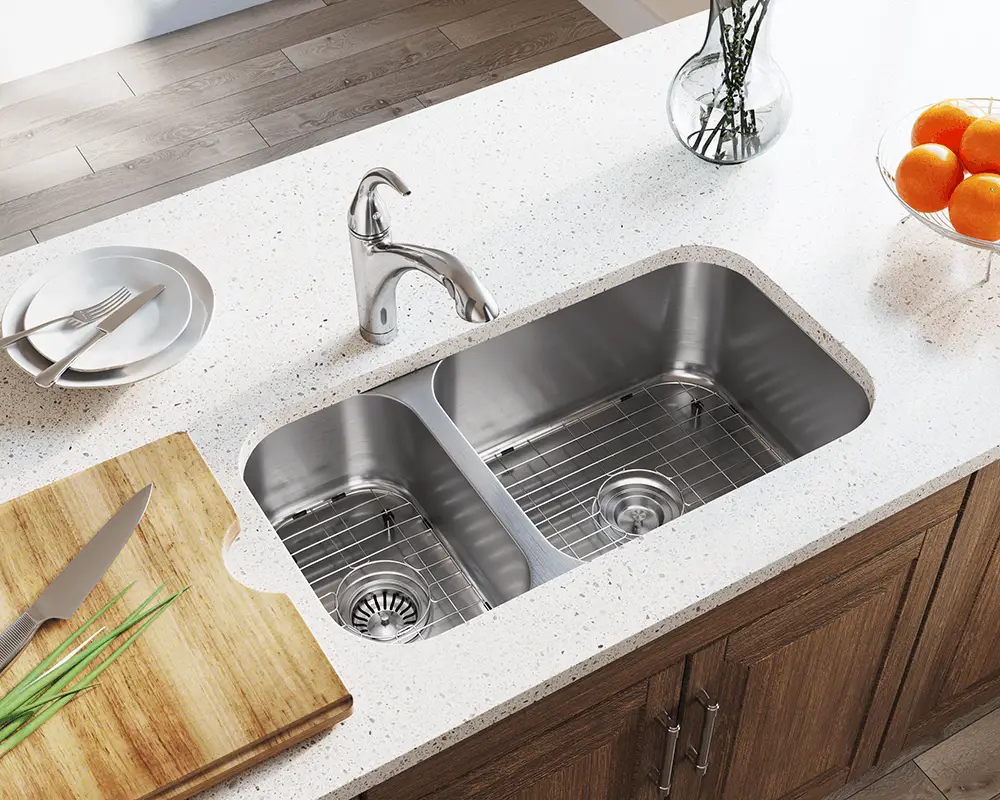 Stainless steel is a popular choice for kitchen sinks due to its durability, resistance to stains, and overall low maintenance. It is also a more hygienic option compared to other materials such as porcelain or granite. However,
stainless steel sinks
are not completely immune to dirt and grime buildup, which is why regular cleaning is necessary to keep them in top condition.
Stainless steel is a popular choice for kitchen sinks due to its durability, resistance to stains, and overall low maintenance. It is also a more hygienic option compared to other materials such as porcelain or granite. However,
stainless steel sinks
are not completely immune to dirt and grime buildup, which is why regular cleaning is necessary to keep them in top condition.
The Process of Cleaning Your Stainless Steel Kitchen Sink
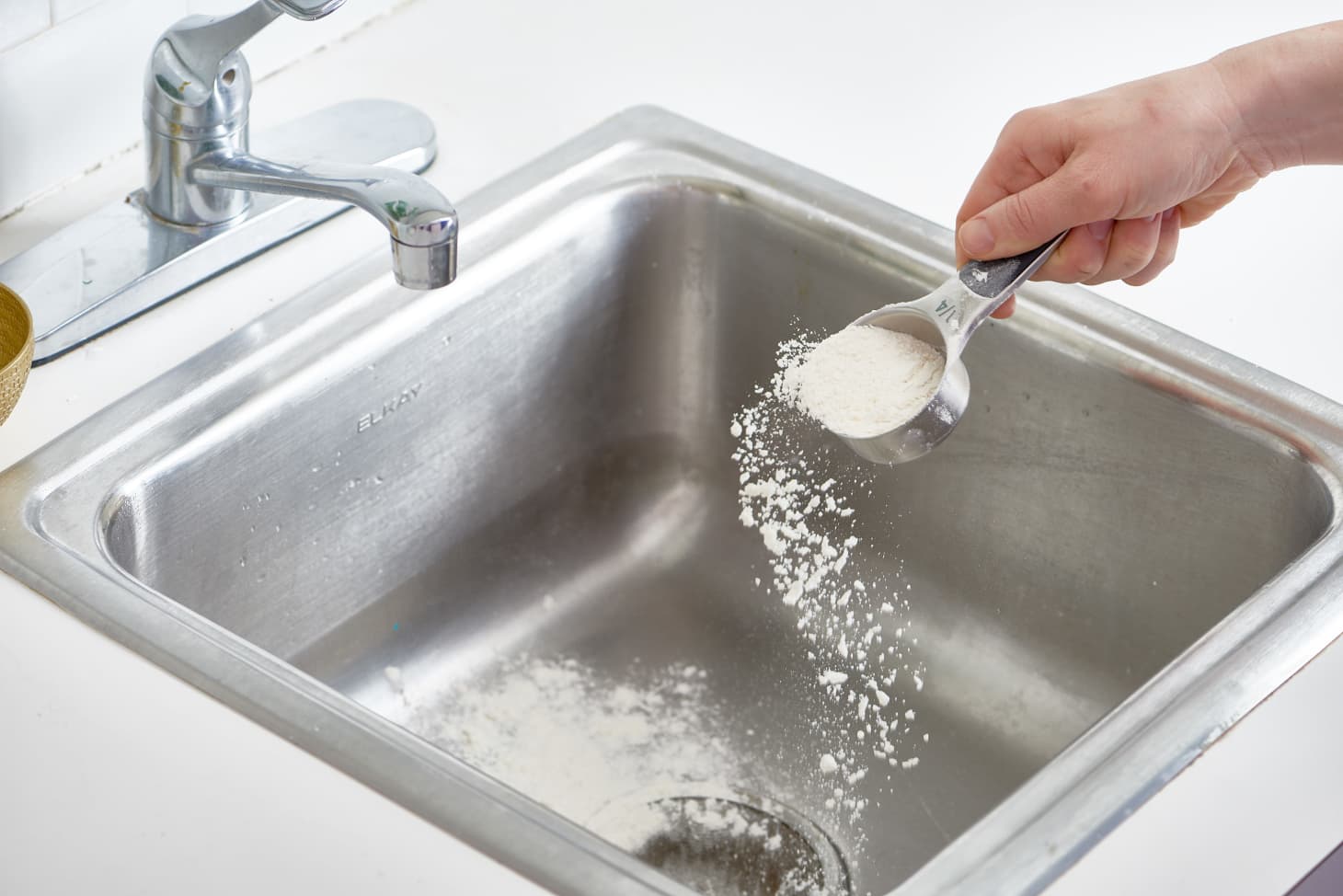 Cleaning your
stainless steel kitchen sink
is a simple and straightforward process that can be done using everyday household items. Begin by rinsing the sink with warm water and wiping it down with a mild dish soap. For tougher stains and grime, you can make a paste using baking soda and water and gently scrub the sink with a soft cloth. To remove any water spots or build-up, you can use a mixture of equal parts water and white vinegar. After thoroughly rinsing the sink, dry it with a clean towel to prevent water spots from forming.
Cleaning your
stainless steel kitchen sink
is a simple and straightforward process that can be done using everyday household items. Begin by rinsing the sink with warm water and wiping it down with a mild dish soap. For tougher stains and grime, you can make a paste using baking soda and water and gently scrub the sink with a soft cloth. To remove any water spots or build-up, you can use a mixture of equal parts water and white vinegar. After thoroughly rinsing the sink, dry it with a clean towel to prevent water spots from forming.
Maintaining a Clean and Shiny Stainless Steel Kitchen Sink
 To keep your
stainless steel sink
looking shiny and new, it is essential to avoid harsh chemical cleaners and abrasive materials. These can cause scratches and damage the sink's surface, making it more prone to stains and rust. Instead, opt for gentle cleaners and soft cloths to maintain the sink's shine. Additionally, remember to rinse and dry the sink after each use to prevent water spots and mineral deposits from forming.
In conclusion, keeping your
stainless steel kitchen sink
clean and well-maintained is vital for the overall cleanliness and hygiene of your kitchen. With regular cleaning and proper maintenance, your
kitchen sink
will continue to be a functional and attractive addition to your home for years to come. So, make sure to add cleaning your
stainless steel sink
to your regular cleaning routine and enjoy a sparkling and hygienic kitchen.
To keep your
stainless steel sink
looking shiny and new, it is essential to avoid harsh chemical cleaners and abrasive materials. These can cause scratches and damage the sink's surface, making it more prone to stains and rust. Instead, opt for gentle cleaners and soft cloths to maintain the sink's shine. Additionally, remember to rinse and dry the sink after each use to prevent water spots and mineral deposits from forming.
In conclusion, keeping your
stainless steel kitchen sink
clean and well-maintained is vital for the overall cleanliness and hygiene of your kitchen. With regular cleaning and proper maintenance, your
kitchen sink
will continue to be a functional and attractive addition to your home for years to come. So, make sure to add cleaning your
stainless steel sink
to your regular cleaning routine and enjoy a sparkling and hygienic kitchen.

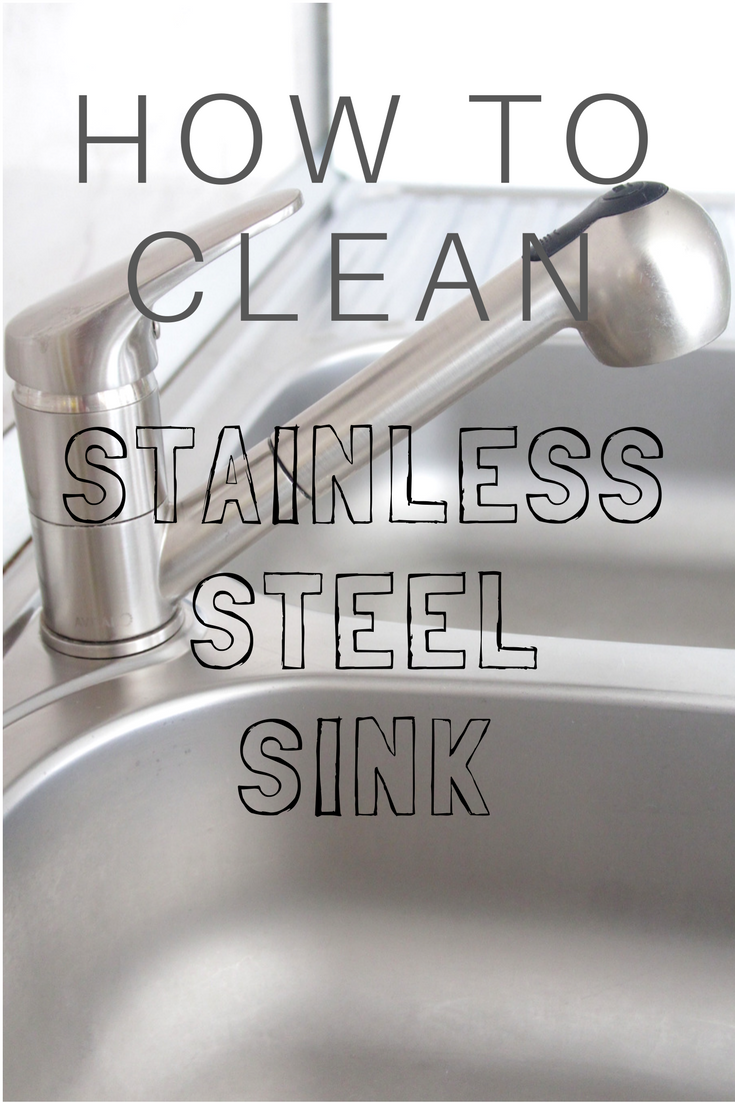






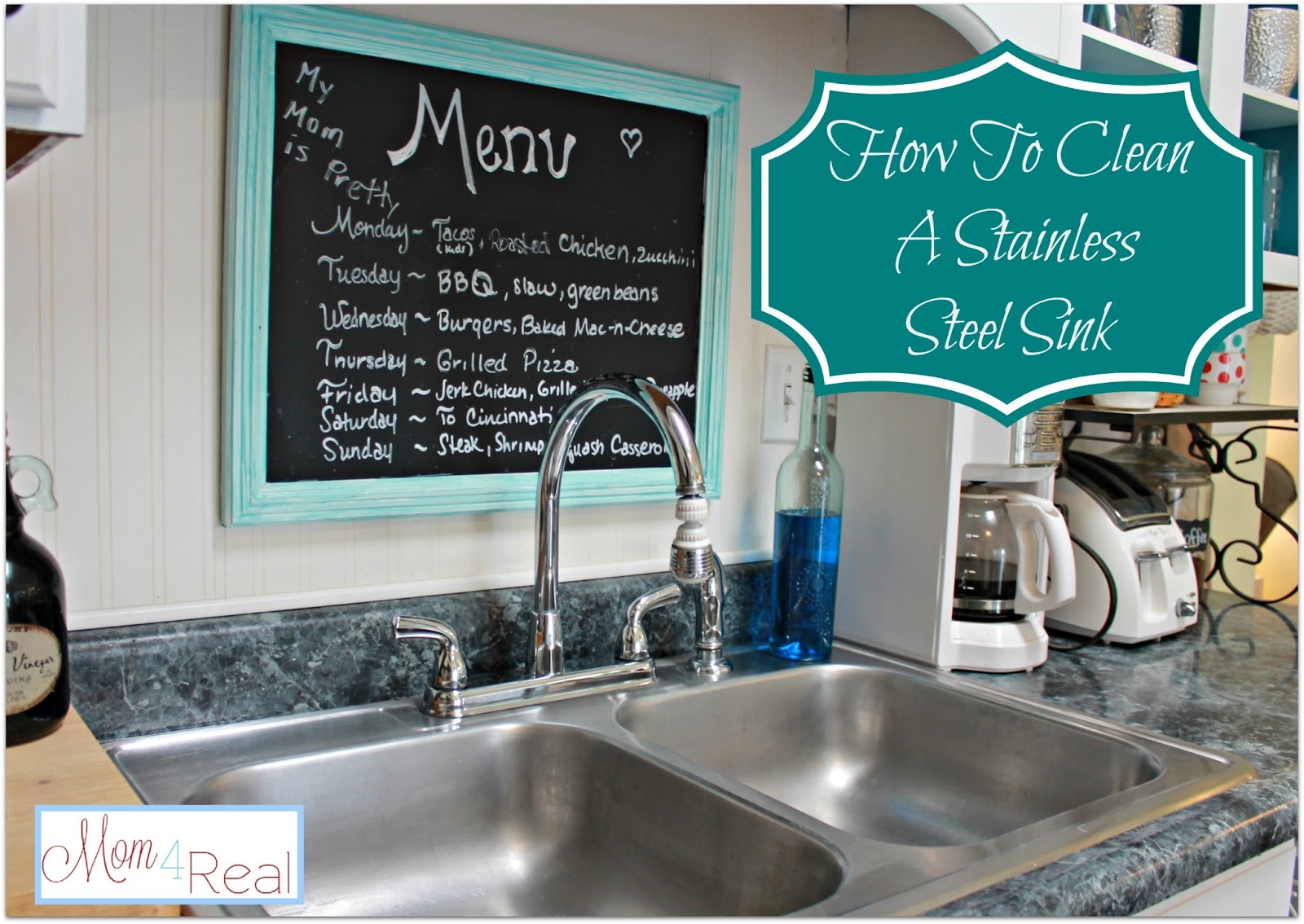


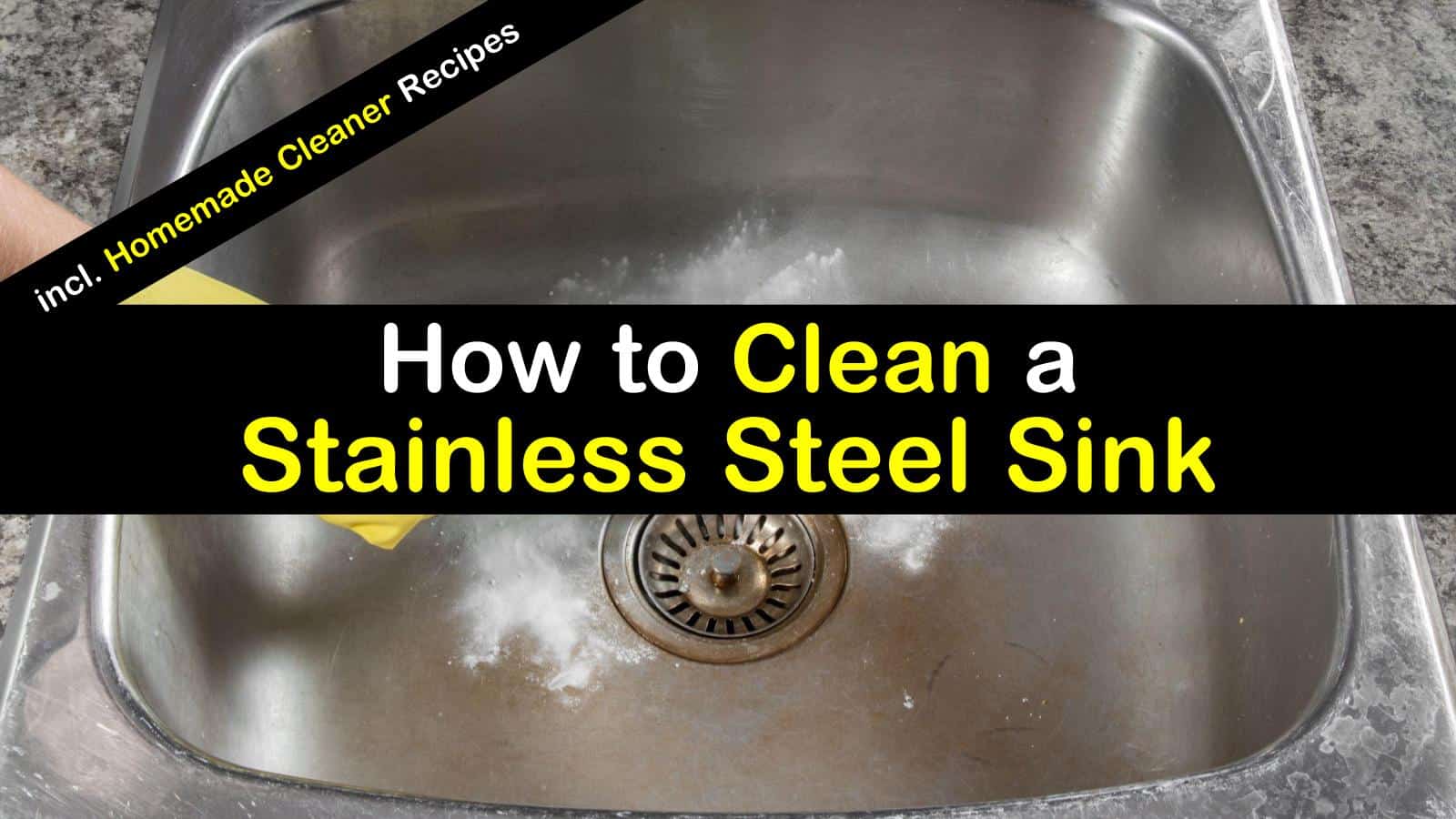
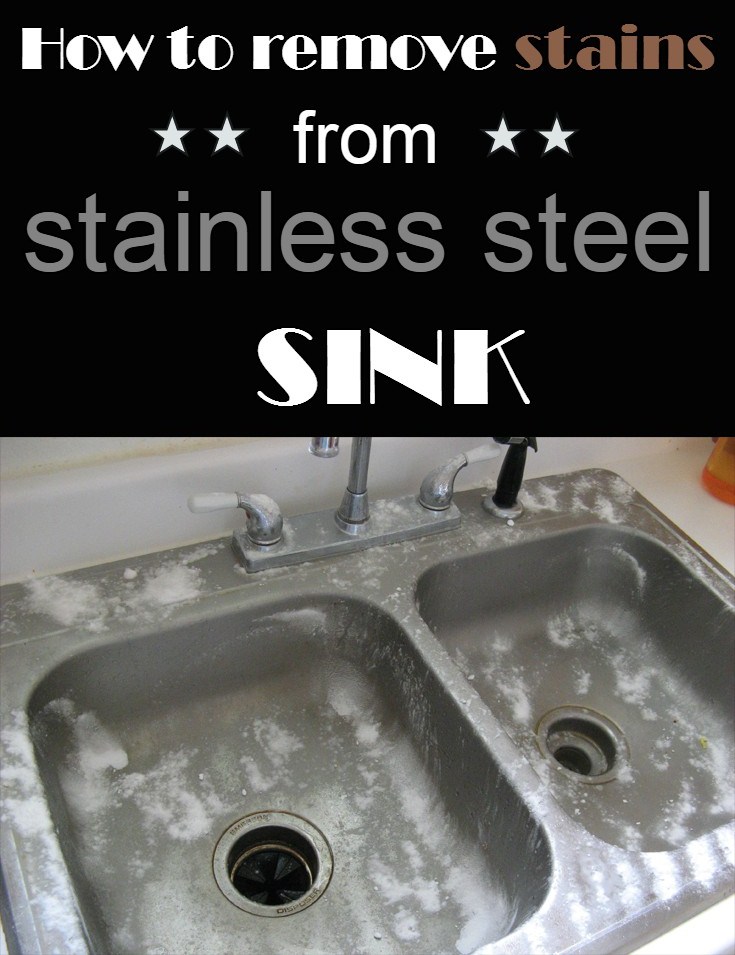

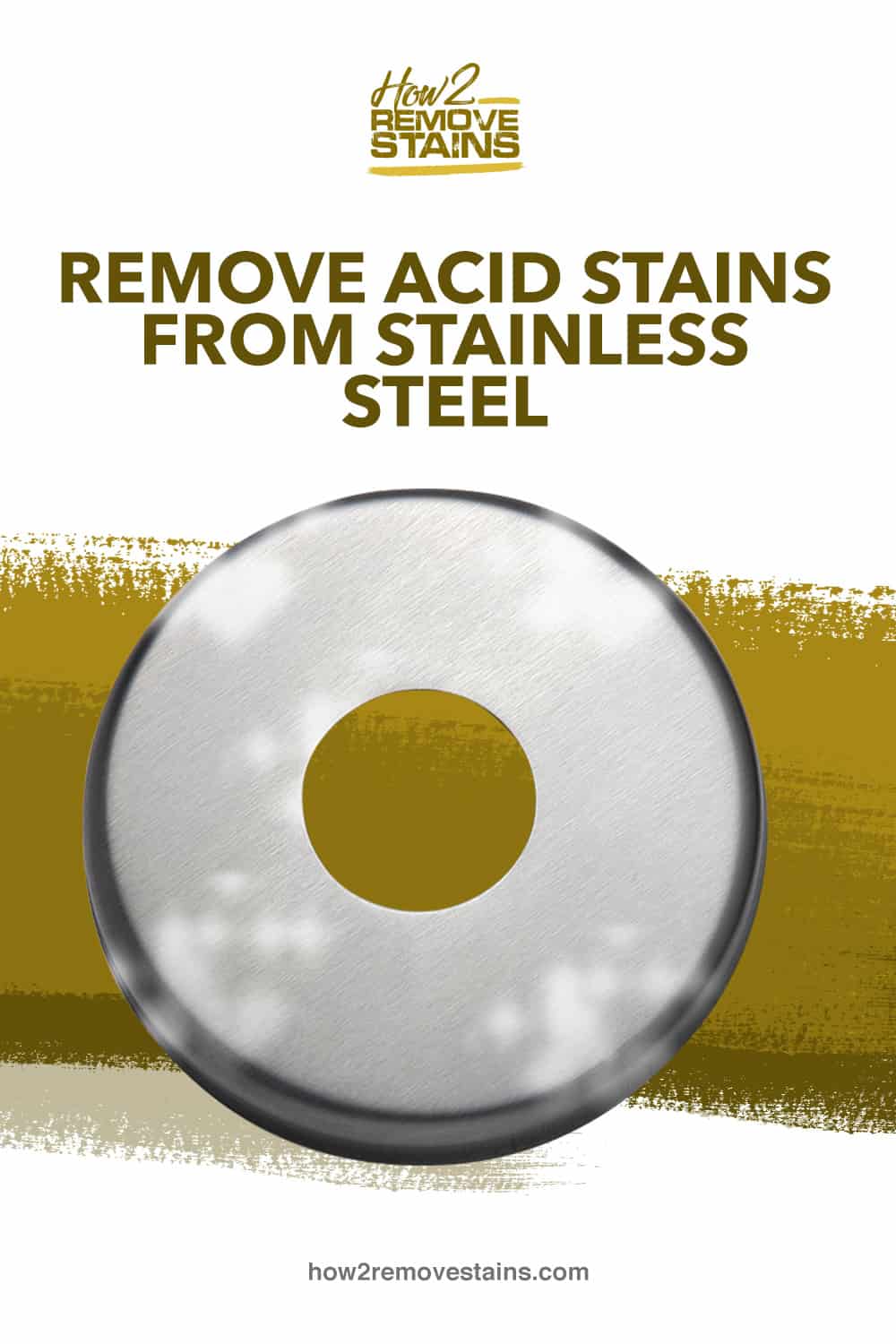

:max_bytes(150000):strip_icc()/remove-brown-stains-from-stainless-steel-1900549_FINAL-5c4761c946e0fb0001d54367.png)

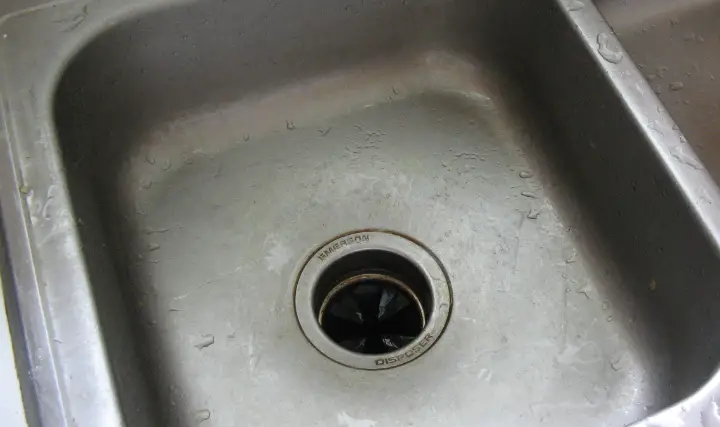
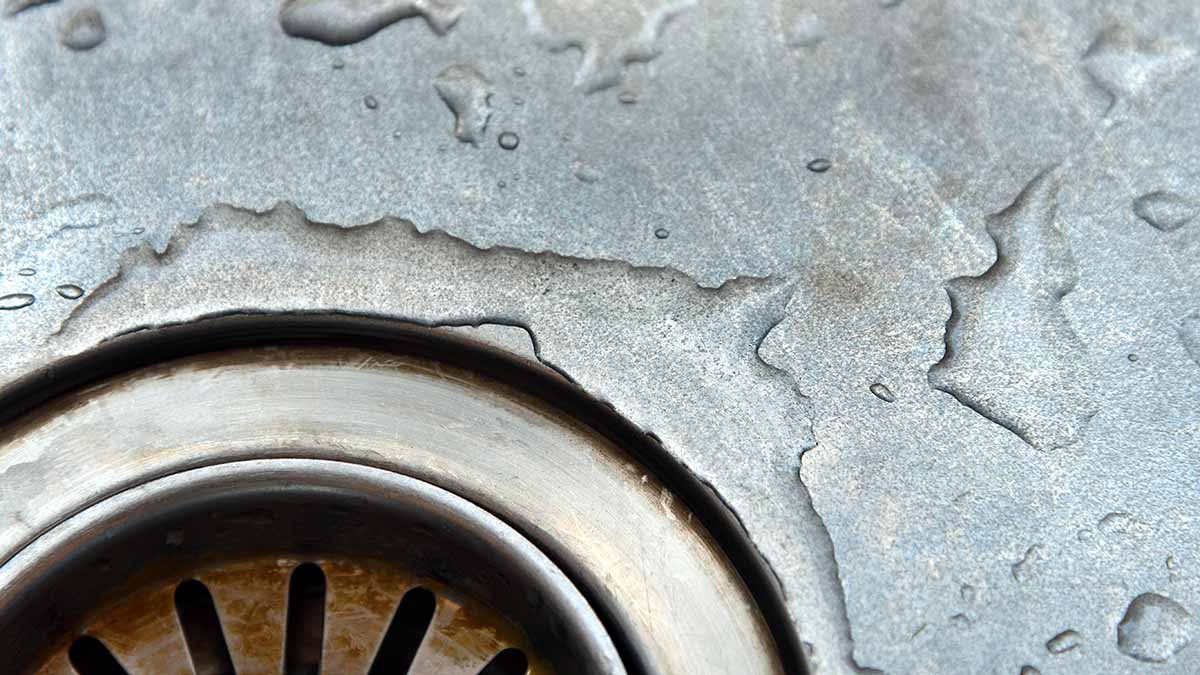
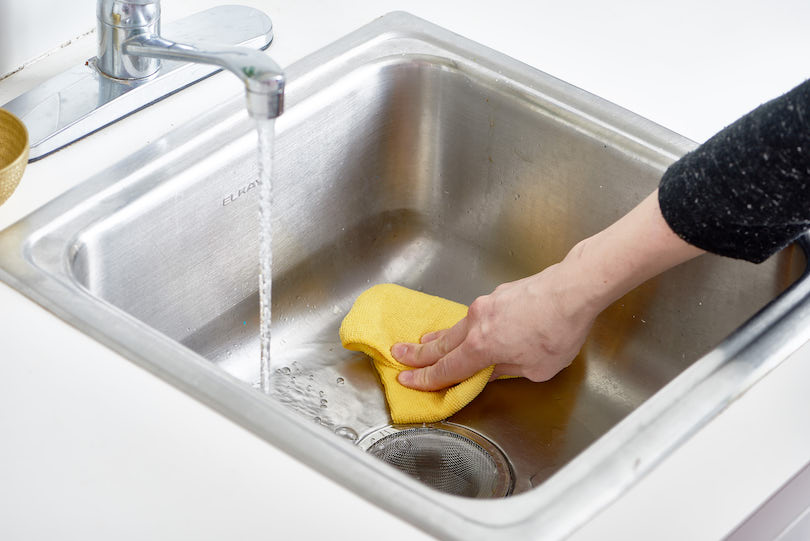
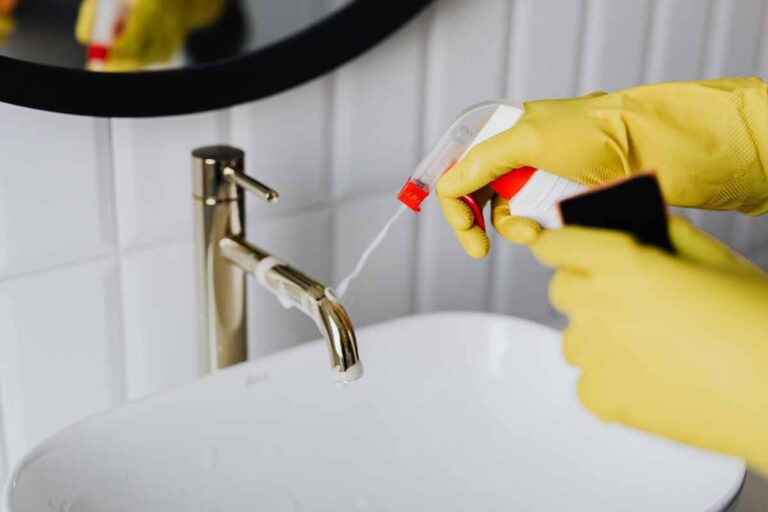





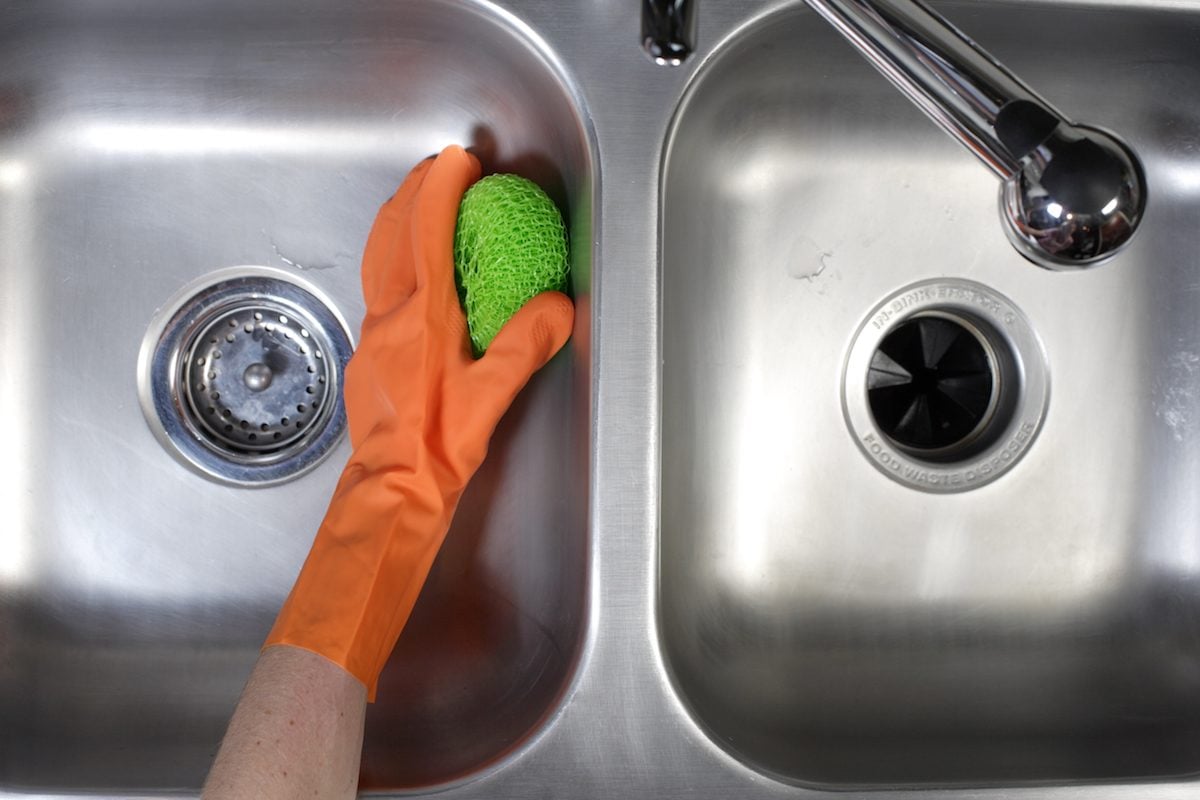



:max_bytes(150000):strip_icc()/GettyImages-917892668-5c7acd0cc9e77c0001f57c22.jpg)

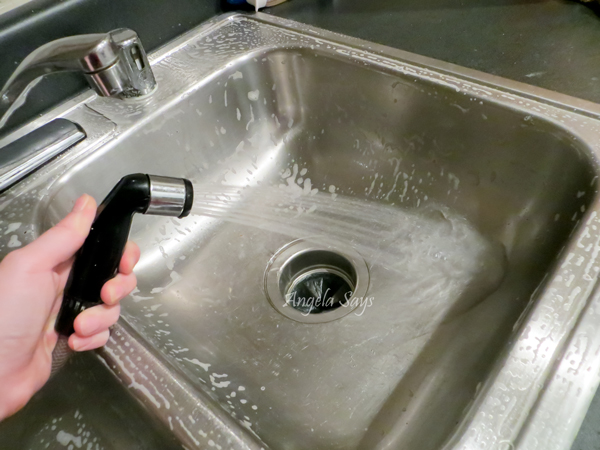
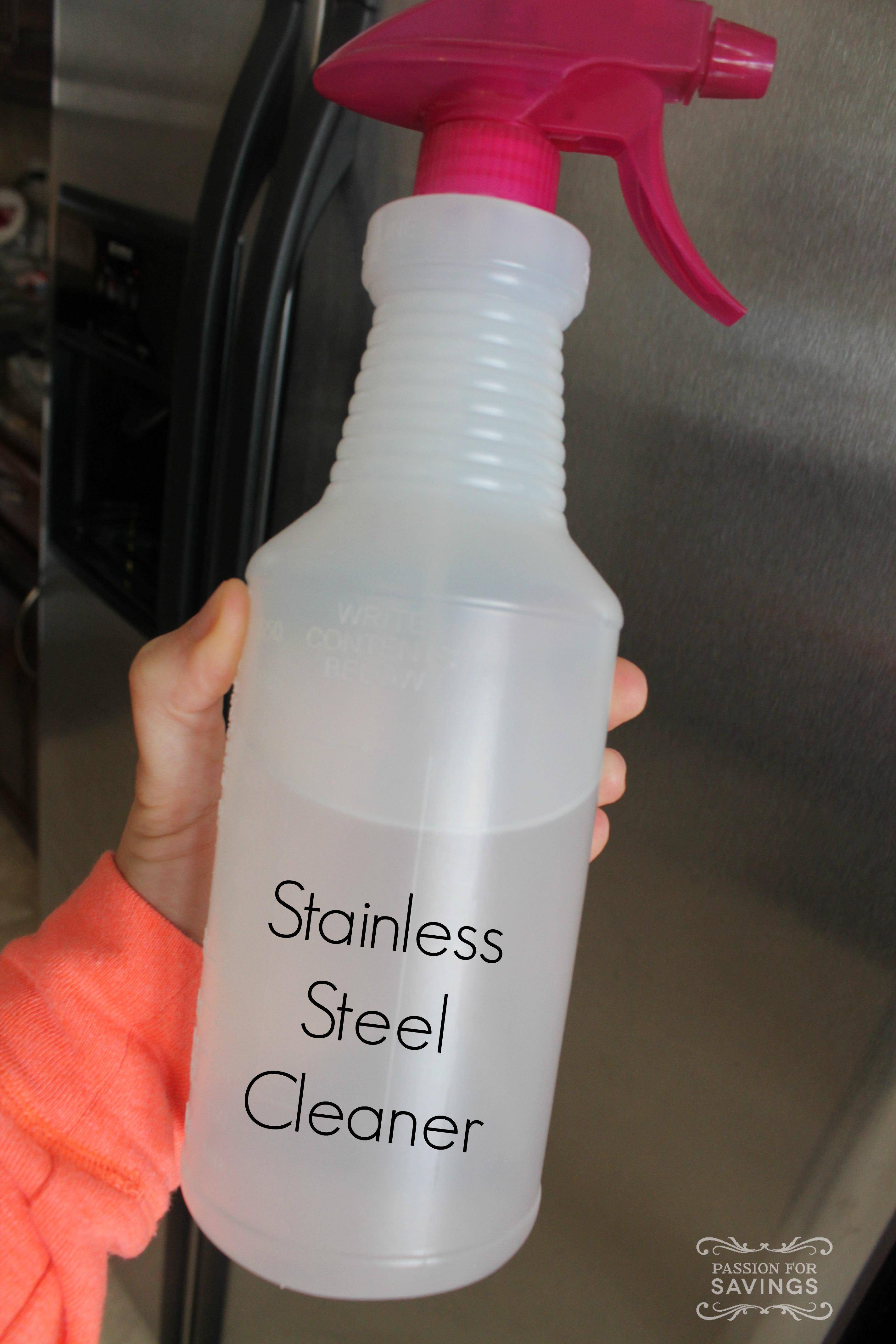





/person-s-hand-cleaning-stainless-steel-sink-917892668-e7b1c534d0ec47a7b76eb6c93eb54d17.jpg)














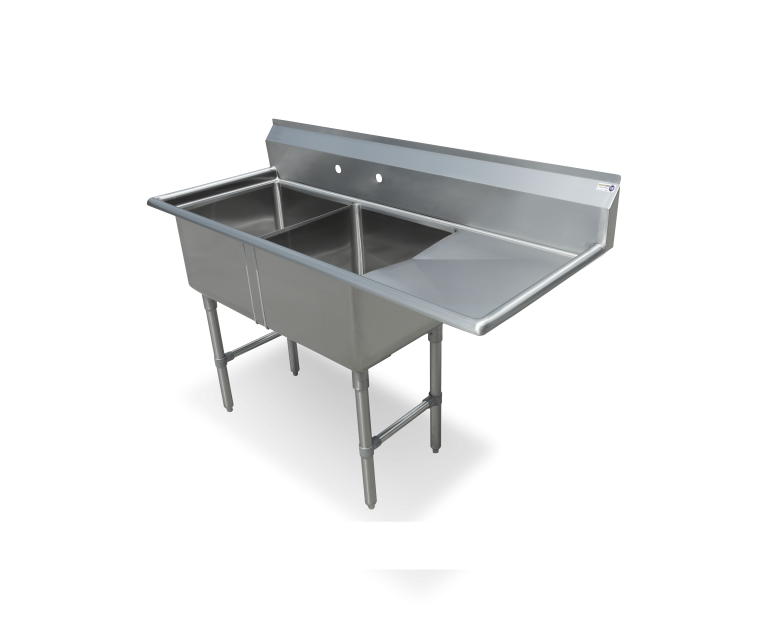
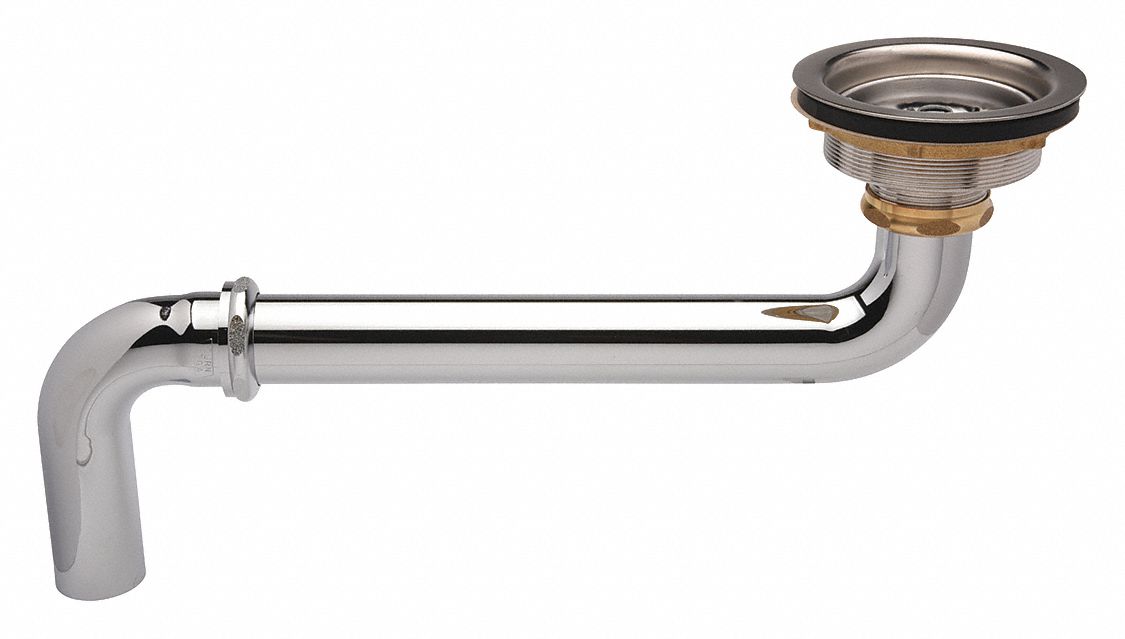






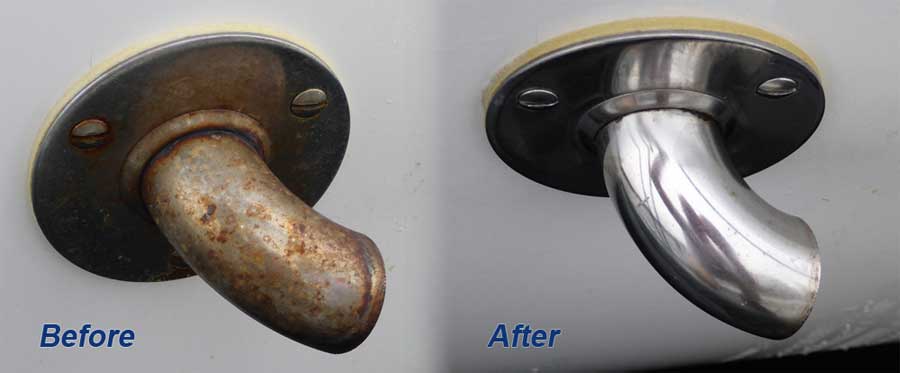
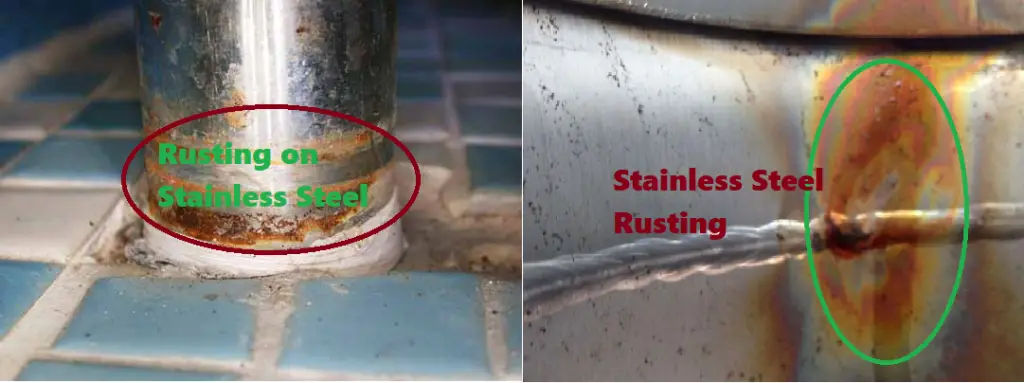
:max_bytes(150000):strip_icc()/homemade-rust-remover-recipes-1387936_FINAL-6c6543826627420ba5152b7ad0ea67c7.png)













